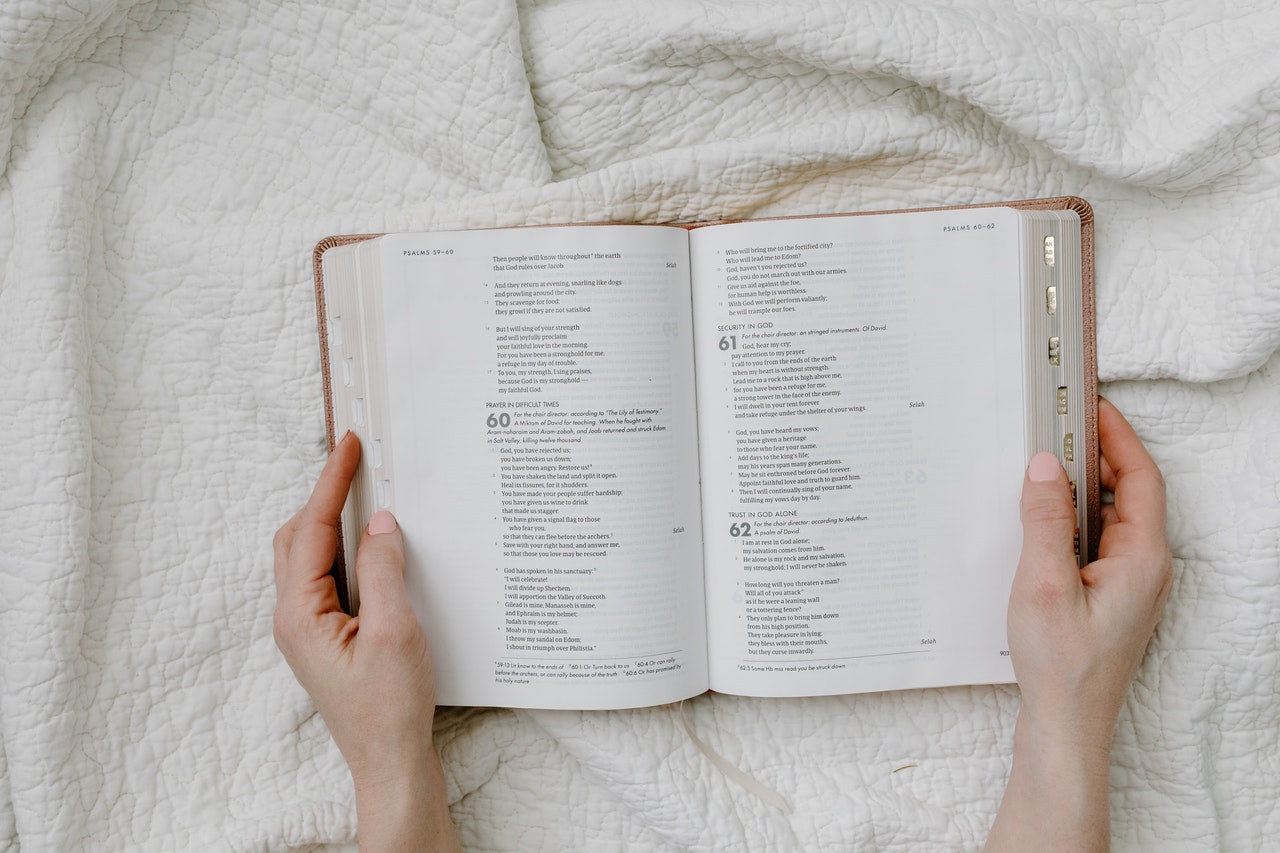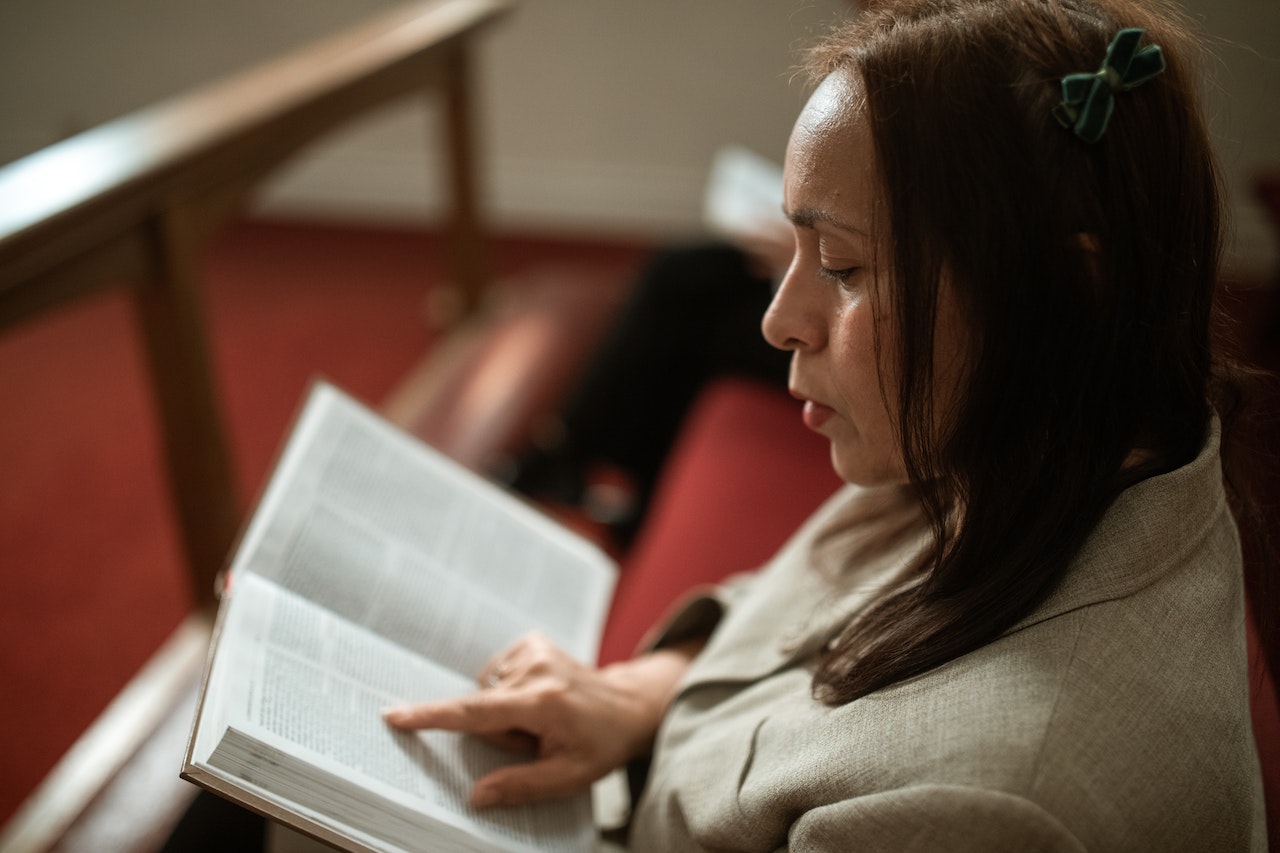The question of whether one can be both Catholic and Buddhist at the same time is a complex one. It is a question that has been debated for centuries, and there is no single answer that applies to everyone. In this article, we will explore the various perspectives on this issue, from both Catholic and Buddhist perspectives. We will look at the similarities and differences between the two religions, and how they can be reconciled. We will also discuss the potential benefits and challenges of being both Catholic and Buddhist. Finally, we will consider the implications of this question for those who are considering combining the two faiths.
Table of Contents
Exploring the Intersection of Catholicism and Buddhism: Can You Be Both?
Welcome to the fascinating world of exploring the intersection of Catholicism and Buddhism! Can you be both Catholic and Buddhist? It’s a question that has been asked for centuries, and one that has no easy answer.
The two religions have many similarities, but also many differences. Both religions emphasize the importance of living a moral life, and both have a strong focus on meditation and prayer. Buddhism is based on the teachings of the Buddha, while Catholicism is based on the teachings of Jesus Christ.
At the same time, there are some key differences between the two religions. Buddhism is a non-theistic religion, while Catholicism is a theistic religion. Buddhism does not have a single founder, while Catholicism is based on the teachings of Jesus Christ. Buddhism does not have a single set of beliefs, while Catholicism has a set of core beliefs.
So, can you be both Catholic and Buddhist? The answer is yes, but it’s not as simple as it may seem. Many people who identify as both Catholic and Buddhist have found ways to reconcile their beliefs and practices. They may focus on the similarities between the two religions, such as the importance of living a moral life and the focus on meditation and prayer. They may also find ways to incorporate elements of both religions into their lives.
Ultimately, it’s up to each individual to decide how to reconcile their beliefs and practices. There is no one-size-fits-all answer to this question, and it’s important to remember that everyone’s journey is unique.
We hope this article has given you some insight into the intersection of Catholicism and Buddhism. Whether you decide to pursue both religions or just one, we wish you the best on your spiritual journey.
Examining the Similarities and Differences Between Catholicism and Buddhism
When it comes to religion, there are many different beliefs and practices that people follow. Two of the most popular religions in the world are Catholicism and Buddhism. While these two religions have some similarities, there are also some major differences between them. In this blog post, we’ll take a look at the similarities and differences between Catholicism and Buddhism.
One of the main similarities between Catholicism and Buddhism is that both religions emphasize the importance of living a moral life. Both religions believe in the power of prayer and meditation, and both emphasize the importance of living a life of compassion and kindness. Both religions also believe in the power of forgiveness and the importance of treating others with respect.
However, there are also some major differences between Catholicism and Buddhism. One of the main differences is that Catholicism is a monotheistic religion, while Buddhism is a polytheistic religion. Catholicism believes in one God, while Buddhism believes in multiple gods. Additionally, Catholicism is a hierarchical religion, while Buddhism is a non-hierarchical religion. Catholicism also believes in the concept of original sin, while Buddhism does not.
Finally, another major difference between Catholicism and Buddhism is that Catholicism is a proselytizing religion, while Buddhism is not. Catholicism encourages its followers to spread the faith and convert others, while Buddhism does not.
Overall, while there are some similarities between Catholicism and Buddhism, there are also some major differences. It’s important to understand these differences in order to better understand both religions.
How to Balance Catholic and Buddhist Beliefs and Practices
If you’re a person of faith who is interested in exploring both Catholic and Buddhist beliefs and practices, you’re in luck! There are many ways to balance the two faiths and create a unique spiritual practice that works for you. Here are some tips to help you get started.
1. Learn about both faiths. Before you can begin to balance Catholic and Buddhist beliefs and practices, it’s important to understand the basics of each faith. Read books, watch videos, and talk to people who practice each faith to gain a better understanding of the beliefs and practices.
2. Identify commonalities. Once you have a better understanding of both faiths, look for commonalities between them. For example, both faiths emphasize the importance of compassion and kindness. Identifying these commonalities can help you create a practice that incorporates both faiths.
3. Create a practice that works for you. Once you’ve identified the commonalities between the two faiths, create a practice that works for you. This could include incorporating elements of both faiths into your daily life, such as meditating and praying.
4. Be open to change. As you explore both faiths, you may find that your beliefs and practices evolve over time. Be open to change and allow your practice to grow and evolve as you learn more about each faith.
Balancing Catholic and Buddhist beliefs and practices can be a rewarding experience. With a little bit of research and an open mind, you can create a unique spiritual practice that works for you.
The Benefits of Combining Catholic and Buddhist Traditions in Your Life
Are you looking for a way to bring more peace and balance into your life? Combining Catholic and Buddhist traditions could be the perfect solution!
The Catholic and Buddhist traditions have many similarities, such as a focus on meditation, prayer, and mindfulness. Both traditions also emphasize the importance of compassion and kindness. By combining these two traditions, you can create a unique spiritual practice that can bring more peace and balance into your life.
One of the main benefits of combining Catholic and Buddhist traditions is that it can help you to develop a deeper understanding of both faiths. By exploring both traditions, you can gain a better understanding of the similarities and differences between them. This can help you to develop a more holistic view of spirituality and faith.
Another benefit of combining Catholic and Buddhist traditions is that it can help you to develop a more compassionate attitude towards yourself and others. By learning to practice mindfulness and meditation, you can become more aware of your thoughts and feelings. This can help you to be more understanding and compassionate towards yourself and others.
Finally, combining Catholic and Buddhist traditions can help you to develop a more meaningful spiritual practice. By combining the two traditions, you can create a unique spiritual practice that is tailored to your own needs and beliefs. This can help you to develop a deeper connection with your faith and spirituality.
Combining Catholic and Buddhist traditions can be a great way to bring more peace and balance into your life. By exploring both traditions, you can gain a better understanding of both faiths and develop a more meaningful spiritual practice. So why not give it a try?
Conclusion
In conclusion, it is possible to be both Catholic and Buddhist at the same time. While there are some differences between the two religions, there are also many similarities that can be embraced. Ultimately, it is up to the individual to decide how to reconcile the two faiths and to find a way to practice both in harmony.
For licensing reasons, we must provide the following notice: This content was created in part with the help of an AI.



